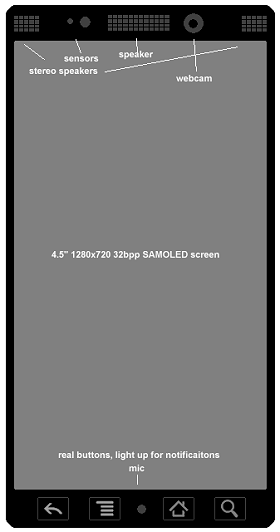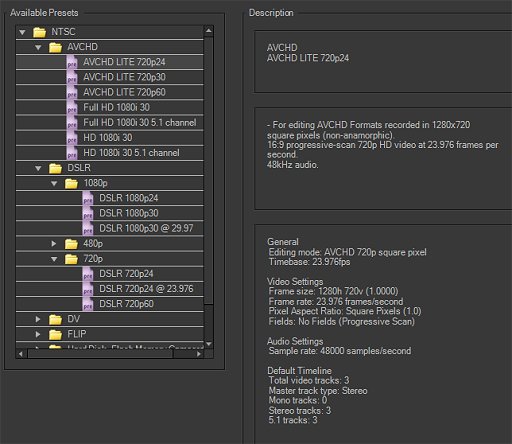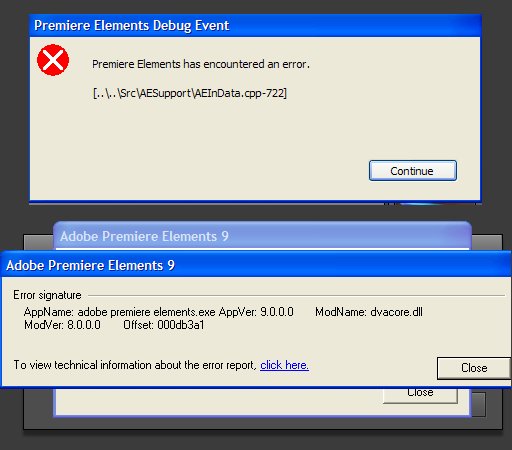Wish dreams could come true
I’m due for a new Android phone, since my Nexus One keeps running out of internal storage (I have about 80 apps installed, most don’t support installation into microSD). I keep cleaning up app caches all the time just to fit my shit in it. Not to mention that GTalk stops working altogether if you have less than 20 MB of free storage left. This is getting old, and I’m starting to curse on whoever at HTC or Google decided to only put 512 MB of storage on such a deemed “superphone” (superphone my ass). From that 512 MB, only about 200 MBs are available to the user. It’s a joke. The problem is, I don’t really like any of the current Android phones out there. They’re all so 2008 in my eyes. What I want is this instead:
* 1 Ghz CPU (or whatever is latest)
* 1 GB fast RAM and fast bus
* A modern, fast 3D chip
* 4.5″ or 5″ SAMOLED at exactly 1280×720 (16:9), 32bpp
* On-board kickstand (like the HTC Evo)
* Unlocked full-band GSM/3G/4G (I need it to work in Europe too)
* Gyroscope, along all the other GPS/compass/accelerometer/proximity/notification-light/etc standard hardware
* Power button on the top (rather than like Galaxy S’ that’s on the side, that makes me push the volume buttons on the opposite side instead by mistake)
* Thin bezel on top and bottom, like the Droid X (leave the goddamn company/cell logos for the back). The thin bezel will make the phone feel smaller, since the suggested screen is already pretty big. Overall, this design wouldn’t be that much bigger than a Galaxy S.

Mockup of my dream phone
* A “slab” edgy look, like the iPhone 4’s or Macbook Pro’s shape. I hate how most Android phones look so bumpy everywhere. Must be completely flat seen from the side (including its sides), like the iPhone 4.
* Real buttons at the bottom (not touch buttons that are so easily pressed by mistake while typing — what a stupid fashion). Designed to be flat, like on the GSM HTC Hero or the G1.
* 720p front web cam
* 5 MP still/video camera with exposure compensation and exposure locking (exposure lock is very important for video). Saturation, contrast, sharpness controls. Less rolling shutter compared to what we have now please.
* 720p video in the *MP4* container (rather than 3GP) with h.264/AAC (rather than h.264/AMR). 24 mbps bitrate (less than that is too bad quality for 720p). Let *us* decide between 29.97 fps (NTSC), 25.00 fps (PAL), and 23.976 fps (IVTC film). With these two last bullet-points, we can have a usable video camera rather than a toy! Best part about it: it’s mostly a software matter!
* Camera flash, somewhat further than the camera (I wonder why the put the flashes so close to the camera, because technically-speaking, the further the better it is for picture quality).
* WiFi chip that’s not as incompatible as Nexus One’s is (Nexus One is incapable of staying connected in congested networks at all times (for VoIP usage), when the paired router sends a specific format of broadcast messages but the chip is in semi-standby).
* Stereo front speakers (why the heck do they usually put speakers on the back and lose 50% of the audibility?)
* Second mic for noise cancellation
* 4-6 GB fast internal storage (no need for more, since music subscription is the future, and their offline clients support microSD anyway)
* microSDHC slot
* microUSB port
* Bluetooth 3.0
* Mini-HDMI out (and UPnP support for wireless streaming)
* Removable 2000 mAh battery
* 3.5mm headset port
* And why not, an FM radio.
* Promise for 2 years (as much a cell contract lasts) of major Android upgrades rather than just security fixes. This upgrade thing has been one of the biggest thorns for me on Android. I can’t DARE to buy from third party manufacturers, because they’re simply not trustworthy with timely updates for versions that are released within 1 year. Let alone 2.
* And the cherry on the cake, an optional accessory: snap-on mini-ND filters for the camera, at 2-3 various strengths. This could help control the high shutter speeds outdoors — especially useful for video.
Is this all too much to ask? All the technology mentioned exists, it’s just that nobody put it in one place yet. The device I’m describing is big enough to fit all that. I’d pay $850 for such an unsubsidized phone, even if I’m sure that this could easily cost $650 and still turn profit. Then I’d be able to stop bitching about this whole thing. One can dream though, right?
The iPhone 4 covers some of what I want hardware-wise (better than any Android phone), but where it fails me is on its software: without a user filesystem, iOS is dead to me. This is my No1 pet peeve with it. Without a virtual, mountable, filesystem where files can be read freely and directly, some kinds of apps simply can not exist (e.g. A/V editors, FTP clients, media players, OBEX Bluetooth, basically anything that needs direct access to user’s files, or requires to share files/info with another iOS app). Some iOS apps have to resort in including full (and buggy) SMB clients/server hacks in order to get access to user’s PC files. This is unacceptable from usability point of view. For me this is a show-stopper limitation of iOS, and so I can’t, and won’t, consider it. I prefer to deal with a less enjoyable Android phone, than to forgo basic amenities like a filesystem.






